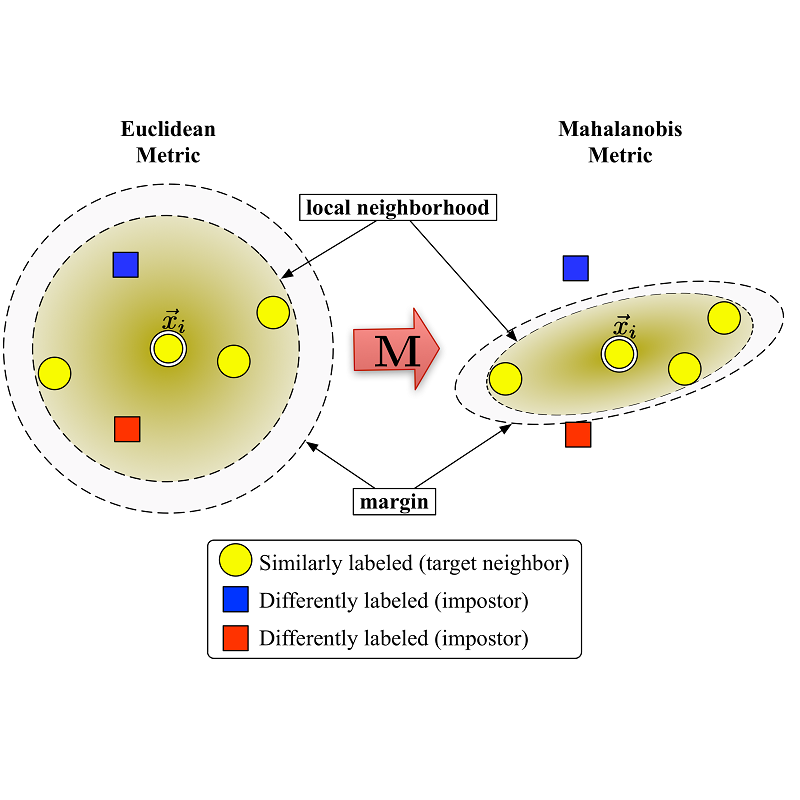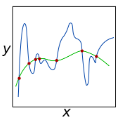Supervision for metric learning has long been given in the form of equivalence between human-labeled classes. Although this type of supervision has been a basis of metric learning for decades, we argue that it hinders further advances in the field. In this regard, we propose a new regularization method, dubbed HIER, to discover the latent semantic hierarchy of training data, and to deploy the hierarchy to provide richer and more fine-grained supervision than inter-class separability induced by common metric learning losses.HIER achieves this goal with no annotation for the semantic hierarchy but by learning hierarchical proxies in hyperbolic spaces. The hierarchical proxies are learnable parameters, and each of them is trained to serve as an ancestor of a group of data or other proxies to approximate the semantic hierarchy among them. HIER deals with the proxies along with data in hyperbolic space since the geometric properties of the space are well-suited to represent their hierarchical structure. The efficacy of HIER is evaluated on four standard benchmarks, where it consistently improved the performance of conventional methods when integrated with them, and consequently achieved the best records, surpassing even the existing hyperbolic metric learning technique, in almost all settings.
翻译:度量学习的监督一直以人为标记的类别等价形式给出。虽然这种监督形式已经成为度量学习的基础数十年,但我们认为这阻碍了该领域的进一步发展。在这方面,我们提出了一种新的正则化方法,称为 HIER,以发现训练数据的潜在语义层级,并利用该层级提供比由常见度量学习损失引起的类间可分离性更丰富和更细粒度的监督。HIER通过在双曲空间中学习层次代理来实现这一目标,而不需要对语义层次结构进行注释。层次代理是可学习参数,每个代理都被训练为一组数据或其他代理的祖先,以近似它们之间的语义层次结构。HIER 通过在双曲空间中处理代理和数据来解决这些问题,因为该空间的几何属性非常适合表示它们的层次结构。HIER 在四个标准基准测试中进行了评估,在这些测试中,当与常规方法集成时,它始终提高了它们的性能,并在几乎所有设置中都取得了最佳记录,甚至超过了现有的基于双曲度量学习技术。


